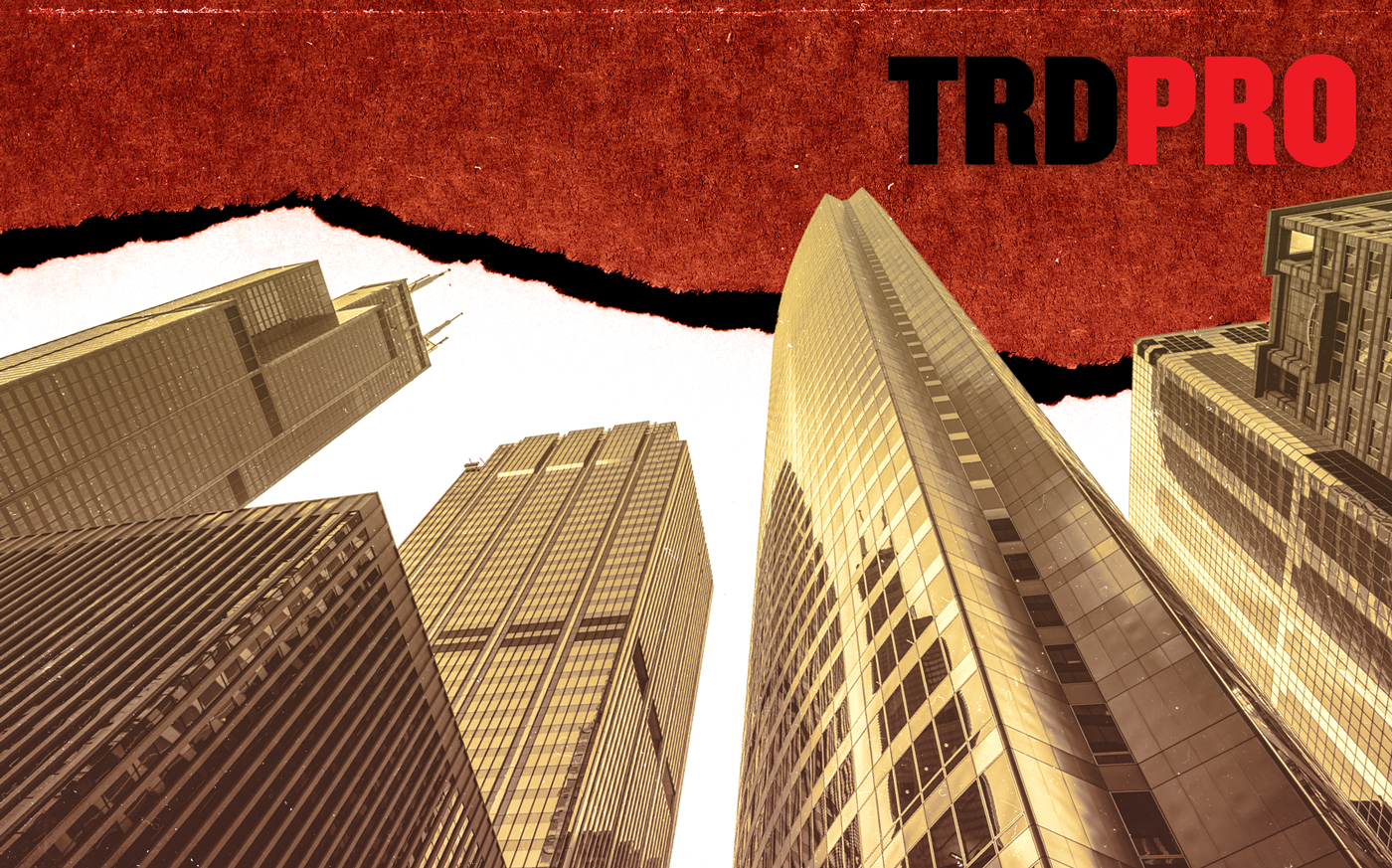
Trending
Chicago office vacancy reaches record high — again
Vacancy rate climbed to 22.6 percent last quarter.

Chicago’s office vacancies continued to rise last quarter, beating the previous record set at the beginning of the year.
Despite the height of the pandemic being in the rearview, office landlords are still struggling to fill up their properties as distress permeates the city. The Windy City’s office vacancy rate reached a record high of 22.6 percent last quarter, slightly higher than 22.4 percent from three months prior, Crain’s reported, citing data from CBRE.
Office vacancy records have been set in nine of the last 11 quarters, steadily climbing since the amount of unleased space downtown sat at 13.8 percent when the public health crisis started.
Rather than layoffs driving up vacancy, though, as was the case in the first quarter this year for Chicago, new supply coming online was partly to blame this time.
Hines’ newly built, 60-story Salesforce Tower at 333 West Wolf Point Plaza was added to CBRE’s recent data, for instance. Most of the building was pre-leased to Salesforce and law firm Kirkland & Ellis, but Kirkland ditched a large lease at 300 North LaSalle Street to make the move, leaving a large void to fill for that tower’s landlord, Irvine Companies.
Surprisingly, demand for office space was relatively high. The net absorption — the difference between leased and occupied space compared to a previous period — increased by more than 427,000 square feet, marking the strongest three-month stretch since 2019, the outlet reported. That was helped in large part by Salesforce, which is moving into 380,000 square feet in Hines’ new tower, well more than the 180,000 square feet the firm had rented across three River North buildings.
Newly built or renovated office buildings are still having the most success, and tenants are requesting more options to expand or contract the size of their space during their term, according to CBRE leasing agent Kelsey Scheive.
“Companies aren’t taking additional square footage out of the gate, but they want the flexibility to get there,” Schieve told the outlet.
Notable lease signings during the second quarter include Barstool Sports’ 40,000-square-foot deal in the West Loop, Antares Capital’s 88,000-square-foot deal in the BMO Tower and Amwins’ 22,000-square-foot add-on to its lease in the 37-story building at 10 South LaSalle.
Conversely, a number of companies recently downsized or subleased their space. Molson Coors cut its footprint in half in a move from Wacker Drive to the BMO Tower, and Wabtec reduced its footprint by 44 percent in the same building.
The amount of available sublease space crept up to 8 million square feet by the end of June, compared to 6.3 million square feet one year prior.
Aside from the Salesforce Tower, a slowdown in new supply coming online should curb soaring vacancies in the future. Many landlords, however, are now facing a new challenge: distress. In the past few months, a slew of property owners have either handed the keys back to their lender, sold their assets at a loss or faced foreclosure suits.
As office landlords and their lenders work those assets out of financial troubles, new value baselines will be established for the properties and their rents can fall to meet price points where there’s demand for older downtown buildings outside the running for tenants seeking high-end new construction.
— Quinn Donoghue
Read more







